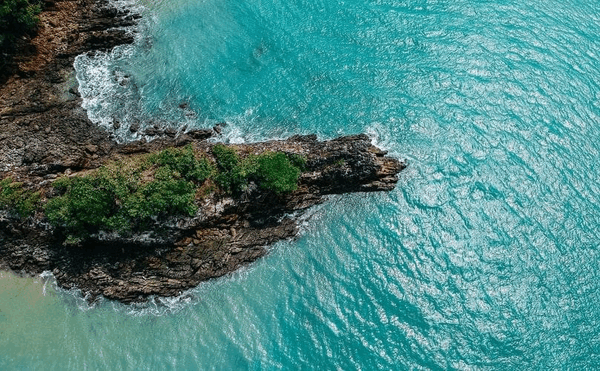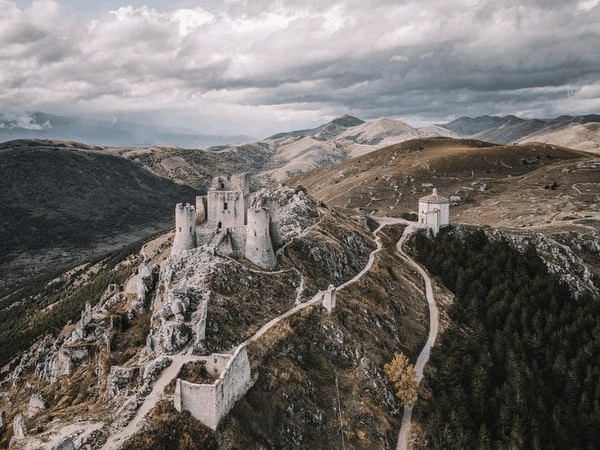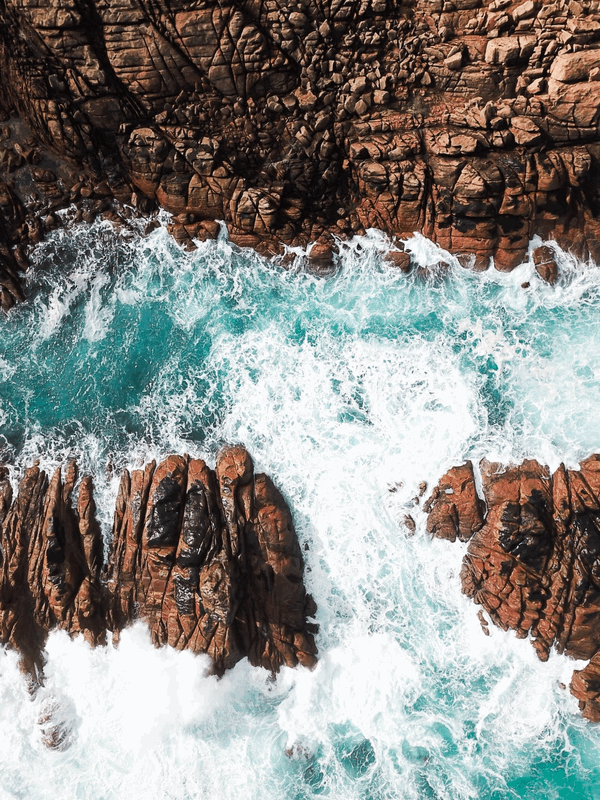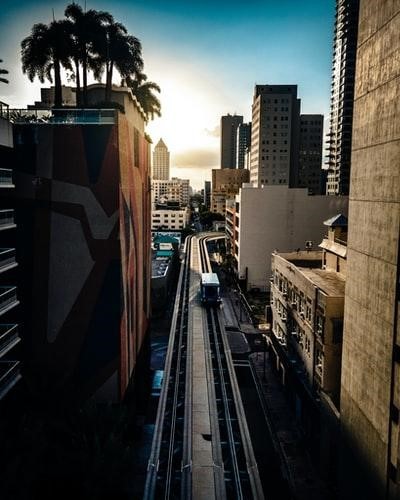Aerial photography has existed since the middle of the 19th century when photos were taken from flying objects, such as hot air balloons, airplanes, and helicopters. Since then, aerial photography has come a long way.
Photography has always been under constant innovation. From pinhole cameras to the new mirrorless sensors, the quest for perfection continues. Despite the progress, no innovation has been as revolutionary as capturing images from the air while the photographer is on the ground.
Drone photography has had an unprecedented gravitational pull on the industry. Perspectives that once required a helicopter or airplane can be achieved using drones that cost less than the price of renting a helicopter for one hour.
The versatility of the rotor-driven quadcopter gives access to compositions and perspectives not possible or far too expensive in the past. This post is for those who want to capture professional looking images with a drone.
Become Familiar with the Location
Diverse skylines and hovering skyscrapers make attractive cityscape photographs. Try different vantage points to see what works best. Remote controlled drones open options for perspectives and angles. From the air, all locations look similar, especially in cities such as Miami Beach, Paris, and London where the majority of the buildings have similar heights and architecture.

It is a wise idea to use Google Maps before embarking on an aerial assignment to become familiar with the location being photographed. The use of landmarks helps identify a building from the air. The concept may seem obvious, but some photographers assume things easily found in an aerial section of Google Maps is just as easy to find from the air.
Unless photographing an obvious landmark, ensure the location is clearly identified. Without doing so, it is very likely a photographer will miss a building and be forced to return after becoming familiar with the location while on the ground. Aerial photography then becomes expensive.
Get the Lighting Correct
For outdoor and landscape photography, sunset and sunrise are the best times to fly and capture scenic photography. Evening and morning typically have skies where the light is more suitable for background and foreground elements.
Use directional lighting for photos during the day when sunlight is strong. Do not photograph directly into the sunlight. It will cause images to be almost black—photograph along with the sun or with the sun at an angle.

There is a misconception that low light is terrible and abundant light is good. Some of the most beautiful portraits are taken shortly before sunset. The light that is cast adds a flattering and warm glow to the subject.
Lighting from the front looks beautiful and soft when shooting portraits. When shooting static items, such as food, front light may create unwanted shadows. The image can look lifeless and flat. Back or side lighting is generally a better choice. Well-executed sunset photos are stunning.
Use the Rule of Thirds
The rule of thirds refers to moving objects away from the center. It is a technique that applies to any subject to improve the balance and composition of images. The off-center design looks more natural and is more pleasing to the eye than the subject placed in the middle of a frame.
It encourages photographers to make use of negative space in the empty area around a subject. Divide a potential aerial shot into thirds horizontally and vertically. The grid that is formed gives the photographer nine boxes.

Put the most pleasing elements along the lines, particularly the four points of intersection. Rather than putting the subject in the dead center of a shot, line it up with horizontal or vertical guidelines. The rule of thirds is a great starting place, especially for genres, such as landscapes. The goal is to take interesting and dramatic photos. The lines do not have to be perfect to be striking.
The Use of Lines
If there are multiple elements or subjects in a potential photo, look for visual leading lines that connect the elements. With the right angle, leading lines add depth to an image. Using shapes and lines creates a visual journey and mood for the viewer.
Horizontal lines indicate the lack of change, as though the image is stationary in time. Rotating a horizontal photography 45 degrees makes a photo come alive. Diagonal lines create powerful and dynamic images that lead viewers’ eyes along the diagonals.
Vertical lines project a sense of tranquility and stability that is easily achieved with drone photography. Irregular and jagged lines create a sense of unease that is more difficult to accomplish with drone photography,

Low horizon photography keeps the photographer from shooting only high photos and gives the scenic photography some variety. Some subjects benefit from a low angle that places importance on a different part of the subject.
Shooting Modes and Exposure Settings
A drone is equipped with automatic shutter speed, aperture, and manual modes that allow operating based on experience level and overall need. The best means of achieving desired aesthetics for drone images is having complete control of the camera.
It is impressive how often auto mode gets the image right. When you begin to experience flight instability and low-light, you will understand the settings that complement aerial photography. Shutter speed is a primary factor of image clarity. A rule of thumb for selecting the shutter speed is to double the focal length of the lens.
Using neutral density filters is another option for limiting light. Variable apertures are a new drone innovation. Most new models are built with lenses that vary from f/2.8 to f/11. Testing has shown the sharpest images result from f/5.6. Prioritize the use of aperture as the first tool of exposure. Whenever possible, aim for f/5.6.
Recap
To make photographs stand out from others, you must be deliberate. Take advantage of unique composition while adhering to the principles that make great photos. Composition takes aerial photos beyond the ‘wow’ factor.
Use Google Earth to scout locations for the scenic photography you want to capture. Visualize the scene before taking flight. Awe-inspiring and transformed landscapes from a bird’s eye view allow photographers to discover images not possible without a drone.
Commercial photography that uses drones provides photographers and filmmakers a perspective others cannot capture. Pushing your creative limits often results in surprising and impressive photos. Play around with movement, focal length, aperture, and shutter speed.
Challenge yourself to use multiple lines without making images too busy. Lines impose a psychological impact on the viewers of images. Drones are revolutionizing the face of aerial photography. Expect to see amazing photos as you experiment with these techniques.




Recent Comments